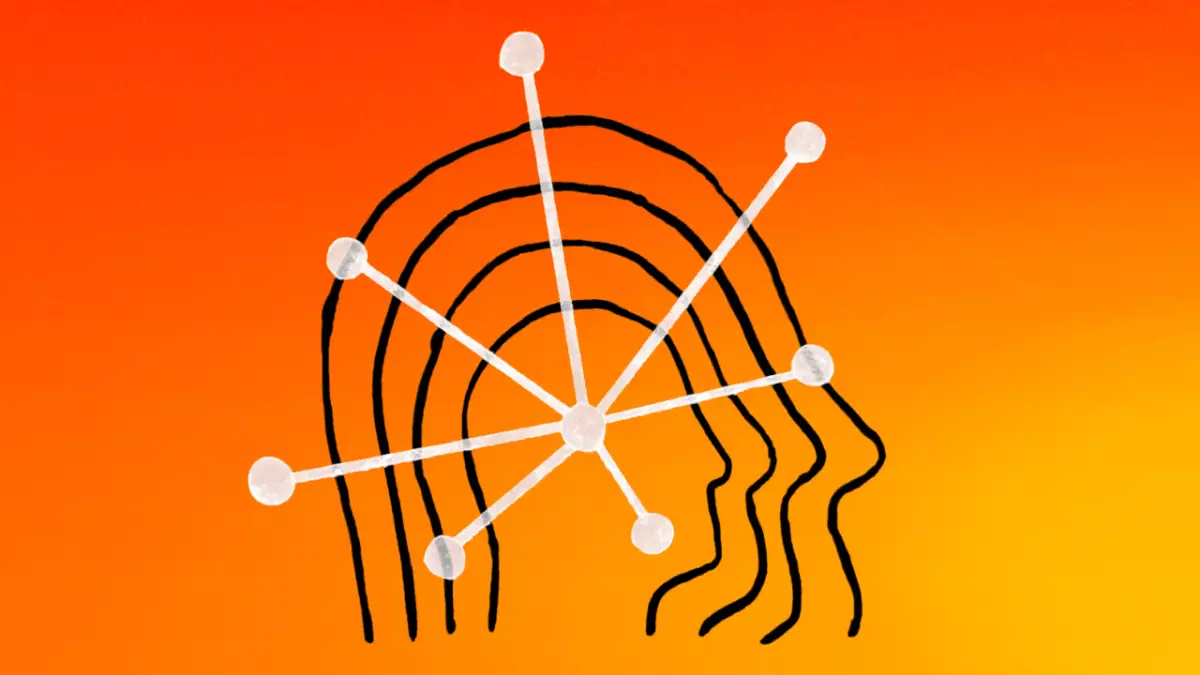In the rapidly evolving landscape of artificial intelligence, the practice of integrating competing models within a single corporate ecosystem signals a bold shift in strategy. OpenAI’s approach of connecting Claude to internal tools for benchmarking against their own models exemplifies a commitment to continuous improvement through rigorous comparison. Far from mere competition, this strategy leverages diverse AI architectures to identify strengths and weaknesses, fostering a culture of relentless refinement. It underscores that innovation thrives when multiple ideas coexist and challenge each other, propelling technological advancement at an unprecedented pace.
The Power of Internal Analytics in AI Progress
The decision to intertwine models like Claude with internal evaluation tools reveals a deeper understanding of the importance of metrics-driven development. By assessing Claude’s performance across crucial dimensions—coding prowess, writing quality, and safety measures—OpenAI can pinpoint specific areas for enhancement. This approach signifies a move away from static testing to dynamic, real-time analytics that accelerate learning cycles. It also demonstrates a strategic recognition that internal benchmarking is essential not just for competitive positioning but for setting ambitious standards of safety and reliability, which are critical in deploying AI responsibly.
Challenging the Myth of Model Superiority
This layered comparison challenges the notion that a single model holds the ultimate answer to AI excellence. Instead, it promotes a nuanced perspective: the true value lies in understanding how different systems perform under various conditions. By integrating Claude into their internal testing framework, OpenAI implicitly acknowledges that no single architecture is infallible. This humility fosters a collaborative mindset—viewing multiple models as tools for complementary strengths rather than competing monoliths. Such an attitude not only democratizes technological progress but also mitigates the risks associated with over-reliance on any one system.
Implications for Future AI Development
Looking ahead, Internal model comparisons signal a new era where continuous quality control is embedded into development pipelines. This proactive stance enhances the robustness of AI outputs and ensures safety considerations are prioritized alongside performance metrics. It positions companies like OpenAI to lead with solutions that are not only innovative but also resilient and ethically sound. Consequently, this strategy might set a new industry standard, encouraging other organizations to adopt similar internal benchmarking practices that nurture a healthier, more transparent AI ecosystem.
Final Reflection: The Value of Self-Critical Innovation
The critical, self-assessment-driven approach reflected in OpenAI’s methodology illustrates a crucial understanding: progress in AI does not come from complacency but from relentless scrutiny and willingness to challenge oneself. Integrating Claude into internal comparison tools exemplifies this philosophy, emphasizing that the path to transformative breakthroughs lies in embracing competition internally while maintaining a sharp focus on safety and excellence. This mindset pushes the boundaries, ensuring that AI development remains a vibrant, iterative process rather than an end destination.

